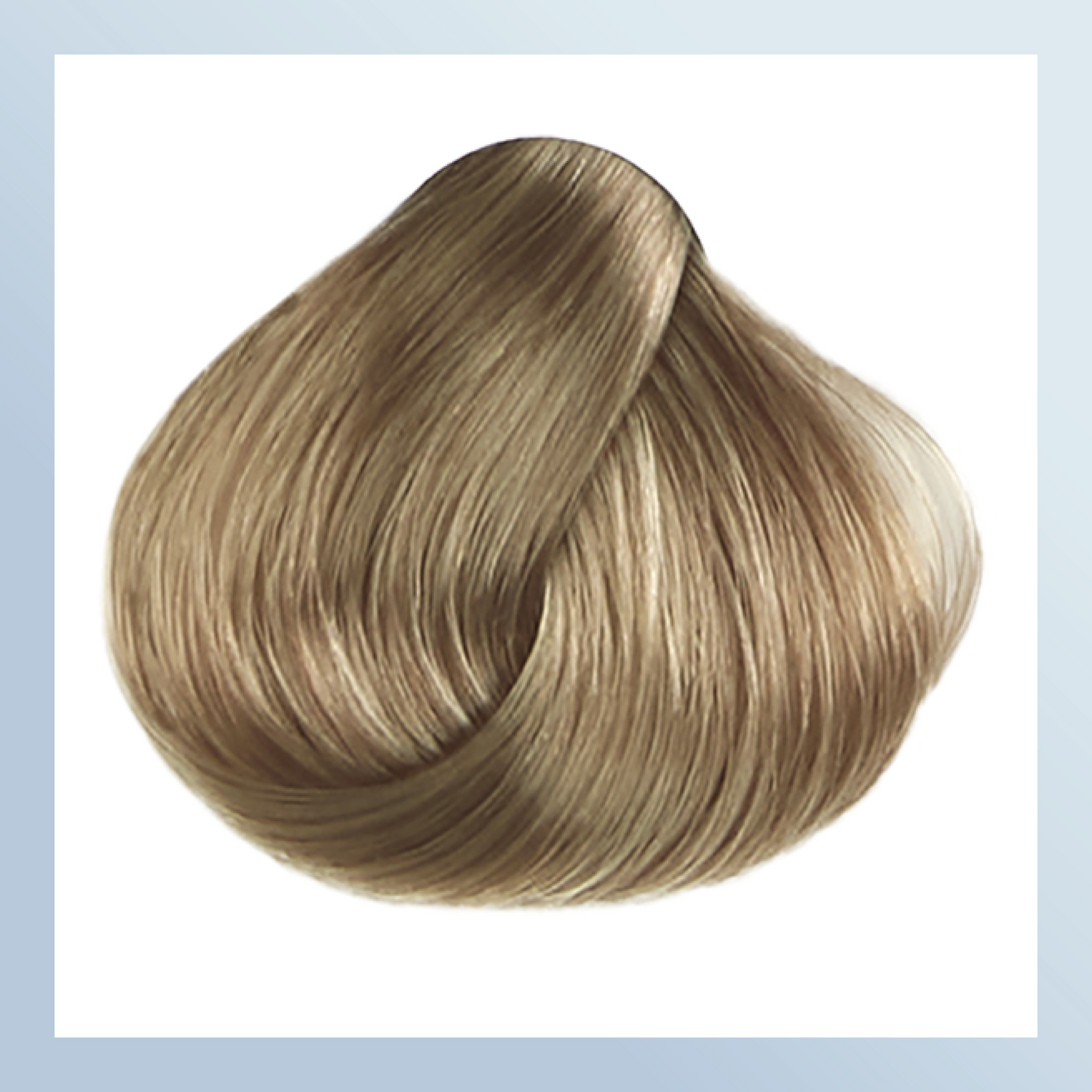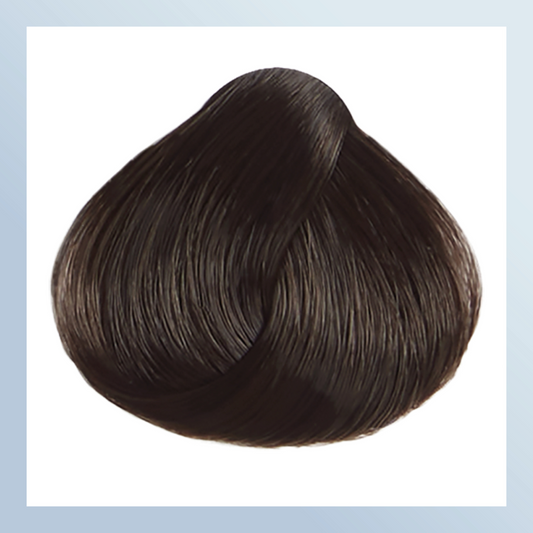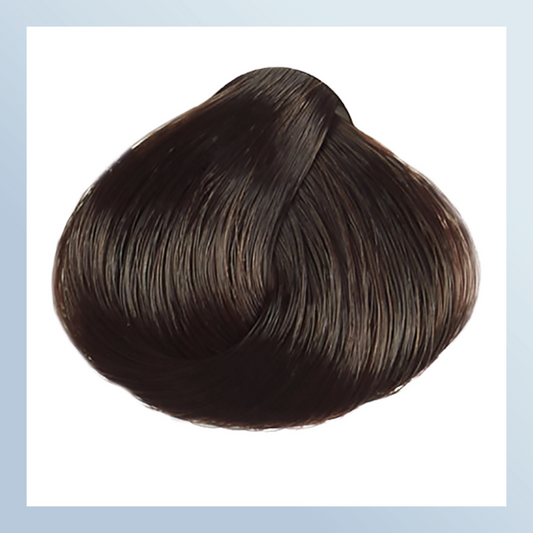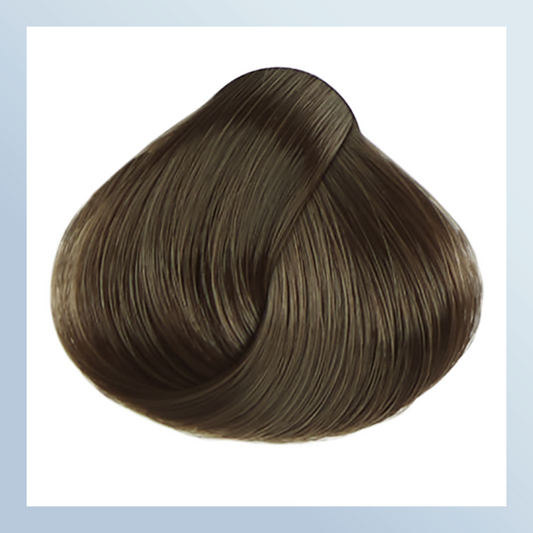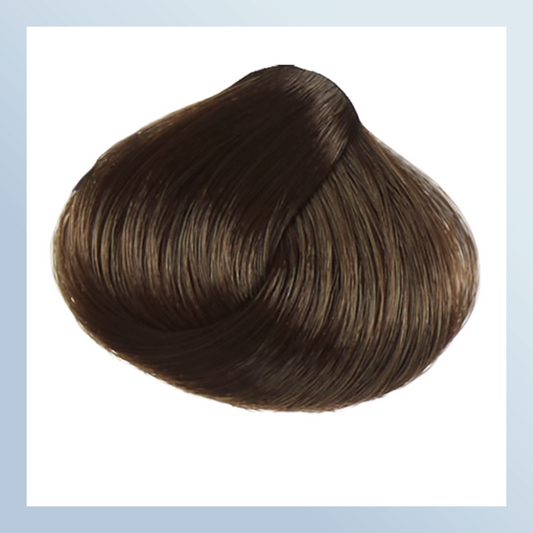A GUIDE TO TRANSITIONING TO VEGAN HAIR CARE
Nourish Your Hair And The Planet With Plant-Based Products
Discover the benefits of transitioning to vegan hair care in this simplified guide. Learn what it is, find cruelty-free brands, explore plant-based ingredients, and create a personalised hair care routine. Start your journey to healthier hair and a more sustainable beauty regimen.
Step 1: Understanding Vegan Hair Care
In this first step, let’s get a little more acquainted with what exactly vegan hair care means.
It’s not just a trend; it’s a conscious choice that goes above and beyond beauty.
By opting for eco-friendly hair care, you align yourself with a movement at the forefront of sustainability and ethics.
You’re making a clear and powerful statement that resonates not just in your bathroom cupboard but also in the wider world.
To put it simply, here’s what plant-based hair care is all about:
- NO Animal-Derived Ingredients: Products exclude all ingredients derived from animals, such as keratin, collagen, and silk proteins.
- Cruelty-Free Testing: Vegan brands avoid animal testing in developing their products, prioritising ethical and humane testing methods.
- Plant-Powered: Vegan hair care relies on plant-based ingredients like aloe vera, coconut oil, and shea butter to nourish and strengthen hair.
- Sustainable Practices: Choosing vegan hair care supports sustainable and eco-friendly practices, including ethical sourcing and environmentally responsible packaging.
- Ethical Values: Adopting this hair care reflects a commitment to ethical values, supporting brands prioritising animal welfare and eco-conscious production.
- Environmental Impact: Sustainable hair care contributes to reducing the carbon footprint by eliminating the use of animal by-products and decreasing harmful chemicals in waterways.
- Personal Well-Being: It is not only about the planet; it's also about achieving healthy, vibrant hair while making mindful choices.
- Transparency: Vegan brands are often transparent about their ingredient lists, making it easier for consumers to know what they're applying to their hair.
Step 2: Assessing Your Current Hair Care Products
When you look around your bathroom or vanity, are there products you’re not proud of using?
Take the time to understand what your hair needs, if it needs so many products, and if what you have already is working.
Examine the ingredient labels on your hair care products and watch out for things like:
- Animal-derived proteins: These can include ingredients like keratin, collagen, silk proteins, and elastin, which are often obtained from animal sources.
- Lanolin: A common ingredient in moisturising products, lanolin is derived from sheep's wool.
- Beeswax: Beeswax is used in some hair styling products and is obtained from bees.
- Cysteine: This amino acid is often sourced from duck feathers and human hair.
- Guanine: Sometimes derived from fish scales, guanine is used in some shampoos and conditioners.
- Squalene: While it can be plant-derived, squalene is often sourced from shark liver oil.
- Stearic Acid: While it can be plant-based, stearic acid is sometimes derived from animal fats.
- Glycerin: Although glycerin can be plant-derived, it may also come from animal fats.
- Tallow: This is a common source of fatty acids in some hair products derived from animal fat.
- Shellac: Often used in hair sprays, shellac is a resin produced by the lac bug.
- Oleic Acid: While it can be plant-derived, oleic acid is sometimes sourced from animal fats.
It’s part of your environmental responsibility to shop for ethical beauty products.
These ingredients damage your hair, leaving you feeling like you need to buy more of a product because it “hasn’t kicked in yet”.
Don’t demand, and manufacturers won’t create the supply.
Step 3: Identifying Cruelty-Free Brands
Some of your favourite brands are in the ethical grey area: they haven’t necessarily specified where they stand.
It’s not hard to find completely clean companies and products, though green-washing has become a new tactic across many brands and industries, so watch out!
Researching product morals and seeing if they are transparent about their origins is a telltale sign that you’ve got something good.
Look for the logos on bottles, containers, and tubes, and do your homework before you buy.
Step 4: Exploring Plant-Based Ingredients
Now that you’re well on your way to embracing vegan hair care, let’s look at some plant-based ingredients that are the backbone of eco-friendly products.
Aloe Vera:
This remarkable succulent is a cherished asset in vegan hair care. Known for its cooling and hydrating properties, it soothes the scalp and promotes hair growth. It's rich in vitamins and enzymes that help maintain a balanced scalp and enhance the overall health of your hair.
Coconut Oil:
Often referred to as "liquid gold" in natural beauty, coconut oil is a beloved choice in sustainable hair care. Its deep conditioning and moisturising properties are ideal for nourishing dry and damaged hair. Additionally, coconut oil can help reduce protein loss, leaving your hair stronger and less prone to breakage.
Shea Butter:
This plant-derived fat, sourced from the nuts of the shea tree, is celebrated for its exceptional moisturising capabilities. Shea butter contains essential fatty acids and vitamins that help repair and protect hair from environmental damage. It's particularly beneficial for maintaining the elasticity and vibrancy of your hair.
Jojoba Oil:
While not derived from a plant in the traditional sense, jojoba oil is extracted from the seeds of the jojoba plant. It closely mimics the scalp's natural oils, making it an excellent choice for balancing oil production. Jojoba oil also aids in maintaining a healthy scalp, which is the foundation for robust, gorgeous hair.
Argan Oil:
Derived from the kernels of the argan tree, argan oil is another prized ingredient in vegan hair care. It's a rich source of antioxidants and essential fatty acids, making it an effective conditioner for frizzy and dry hair. It provides a silky, soft finish and helps repair split ends.
Tea Tree Oil:
This essential oil is well-known for its antifungal and antibacterial properties. It's a fantastic choice for maintaining a clean, healthy scalp, especially if you have dandruff or scalp irritation.
Step 5: Creating Your Vegan Hair Care Routine
The beauty of vegan hair care is that it caters to individuals with diverse hair types, whether you have luscious curls, straight strands, or dry and brittle hair.
There are an array of products carefully designed to meet your specific needs, ensuring that your journey towards ethical beauty is not just conscientious but a highly effective and tailored experience.
- Know Your Hair: Start by understanding your hair type and its specific needs, whether it's curly, straight, fine, or needing extra moisture.
- Choose Vegan Products: Select vegan shampoos and conditioners tailored to your hair type and concerns. Ensure they're free from animal-derived ingredients and are cruelty-free.
- Regular Washing: Wash your hair with a vegan shampoo as needed, keeping in mind your hair's oiliness and lifestyle. Be gentle with your scalp to prevent excessive dryness.
- Condition Wisely: Use a vegan conditioner to keep your hair well-hydrated. Focus on the ends of your hair, where moisture is often needed the most.
- Styling: If you use styling products, opt for vegan alternatives to achieve your desired look while supporting ethical choices.
Step 6: Tips For A Smooth Transition
Product Swaps: Start with one product, like your shampoo or conditioner, and use it up before moving on to the next.
- Read Labels: Ensure that your products are certified vegan and cruelty-free. Look for ingredients you're trying to avoid, such as animal-derived components.
- Consult Online Communities: Joining these communities can provide insights, product recommendations, and support as you transition.
- Professional Guidance: If you need clarification on which products to choose or how to care for your hair during the transition, consider consulting a professional hair stylist.
- Be Patient: Transitioning to vegan hair care is a journey; like all journeys, it takes time. You may experience an adjustment period, but you'll likely see the benefits of your ethical and sustainable choices over time.
Step 7: Maintaining Healthy Hair
Congratulations on deciding to transition to vegan hair care!
Here's how you can continue to care for your hair effectively:
- Proper Hair Care Techniques: This includes gentle washing and conditioning, avoiding excessive heat styling, and being mindful of how you brush or comb your hair to prevent damage.
- Balanced Diet: Nutrients like biotin, vitamins, and essential fatty acids contribute to the strength and shine of your hair. Incorporate foods rich in these nutrients into your diet.
- Hydration: Staying hydrated is not only good for your overall health but also for your hair. Dehydration can make your hair dry and brittle. Drinking enough water ensures your hair stays hydrated.
- Regular Trims: Schedule regular trims with a professional stylist to prevent split ends and maintain your hair's health. Trimming also promotes healthy hair growth.
- Heat and Environmental Protection: Use heat protectants before styling with hot tools and shield your hair from sun exposure and environmental pollutants.
Takeaways
It's essential to reflect on the benefits you're embracing.
Not only will you have healthier, more beautiful hair, but you'll also be contributing to a more sustainable future.
Making the switch to vegan hair care is not just about your hair; it's a statement about your values and your commitment to a cleaner, greener planet.
Are You Committed?
Ready to make a positive change for your hair and the environment? Join the movement towards cruelty-free, sustainable beauty today with Natural Colour Works.
Make the switch to plant-based products that not only nourish your hair but also support a cleaner, greener planet.
Your journey to vibrant, eco-conscious beauty starts now.
